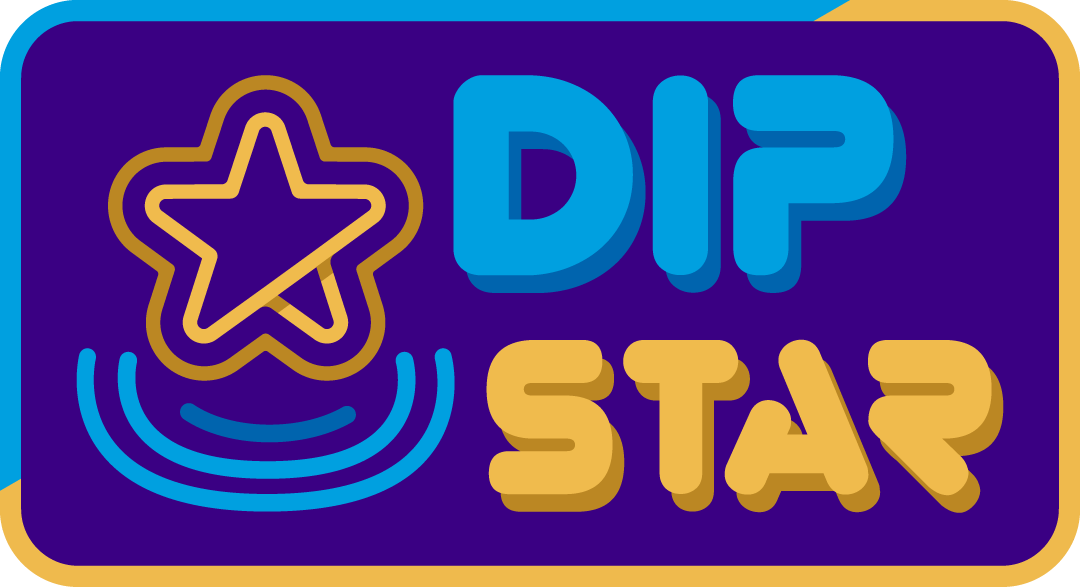You can use a Facebook Messenger chatbot to sell products, book services, and send CTA buttons to potential customers. Not only will this increase sales, but your customers will also appreciate having instant access to special deals, discounts, and information. Plus, messaging your customers directly will reduce spam, and your bot will be more likely to get your message across than a bulk email blast. Here are some tips for creating a successful Facebook Messenger chatbot.

Create a text card for your Facebook Messenger chatbot. It should have a welcome message. This is the first thing a customer sees when they start using your bot. Adding an image, gallery, or plugin is another way to customize the card. Once the card is set up, enter the features you want to include in the conversation. You can add buttons or links to take next actions. Once your chatbot is set up, you can begin interacting with your customers.
You can send the chatbot a personalized message by putting in your brand’s domain name. You can even enter a tracking code if you are unsure if it is working or not. Then, you can start chatting with your customers on Messenger. The more personalized your messages are, the more likely they are to engage with your brand. Once you’ve created your Facebook Messenger chatbot, you can begin building your customer base and increasing sales.
If you want to make a Facebook Messenger chatbot for your business, you can start by using a bot to connect with customers. Try to think about the type of questions your customers might ask, and consider the discovery algorithm on the platform. For instance, if a customer wants to know if her order is on the way, she can ask for it via the messaging app. Once you’ve established a chatbot’s style, it’s time to start implementing the feature.
If you’re not sure how to create a Facebook Messenger chatbot, use a free guide to create your own. For example, Healthtap connects users to doctors and other medical professionals, and created a bot that responds to her questions. A chatbot will also help your company with generating leads. The more people you have on Messenger, the more likely they’ll buy from your brand. You can get customers by promoting your brand.
Messenger chatbots can be useful for your business. With a Facebook Messenger chatbot, you can send emojis, images, and GIFs to your customers. Visuals are very effective for increasing engagement and are easy to create with a bot. Ensure that your business’s bot can respond to questions from customers and keep them happy. It’s a good idea to have a live representative available for your chatbot to answer their questions.
A Facebook messenger chatbot can be added to your Facebook Business page or your contact button. It doesn’t require any ongoing maintenance. You can also add more than one button or decision button to your chatbot. When you create a Facebook messenger chatbot, remember to test it thoroughly. You can create a chatbot with different attributes and configure it to answer queries. This will improve the user’s experience and increase conversion. If your customers are satisfied, your Facebook messenger chatbot will be highly successful!
Facebook Messenger chatbots are powerful tools for businesses. While they don’t replace humans, they can help automate repetitive tasks that would otherwise take up human resources. You can even build a chatbot that answers simple questions for your business. In addition to answering basic queries, you can also automate simple tasks that would otherwise take up the time of a human representative. By using a Facebook messenger chatbot, you can save your time by automating routine processes.
Facebook Messenger chatbots can be created with the Messaging Insights API. This API retrieves information from your Facebook page and uses it to create a conversational flow sequence. The bots should also respond to common questions based on the autoresponder template. If your customers have questions, the chatbot will ask them. You can add a welcome message to the end of each message and use this as an example.


